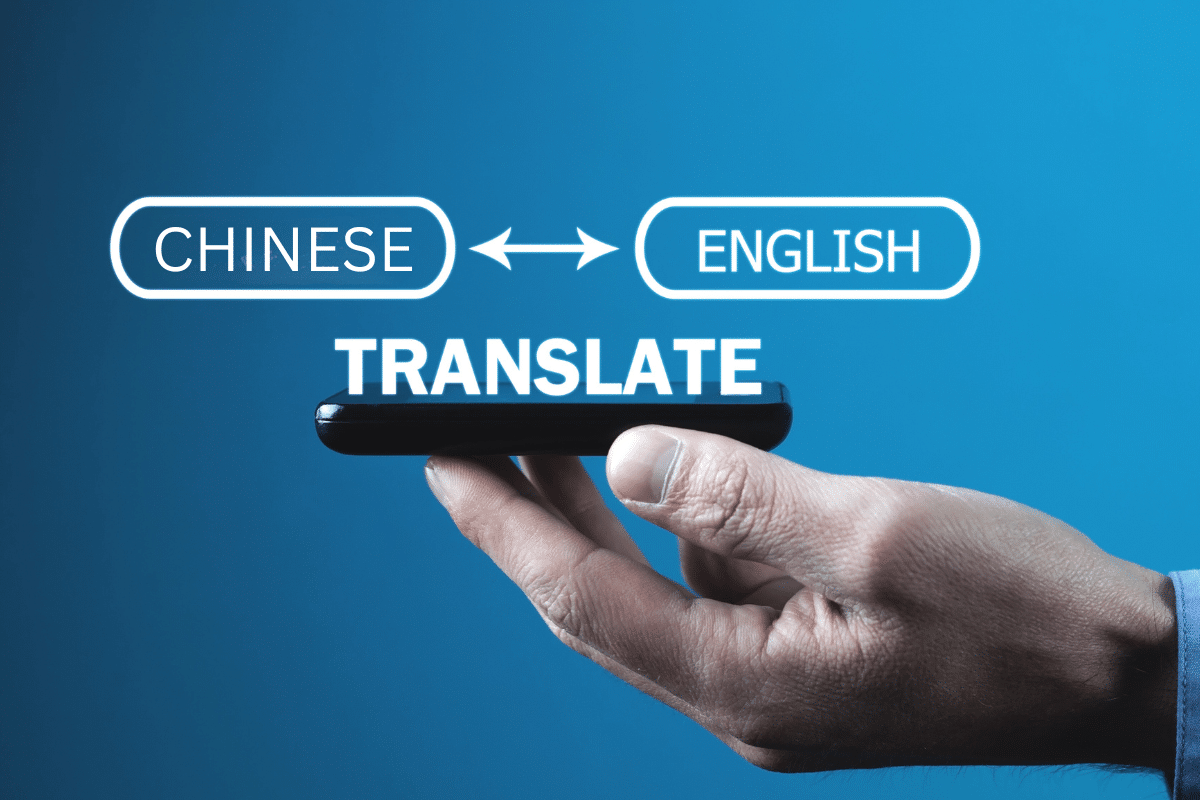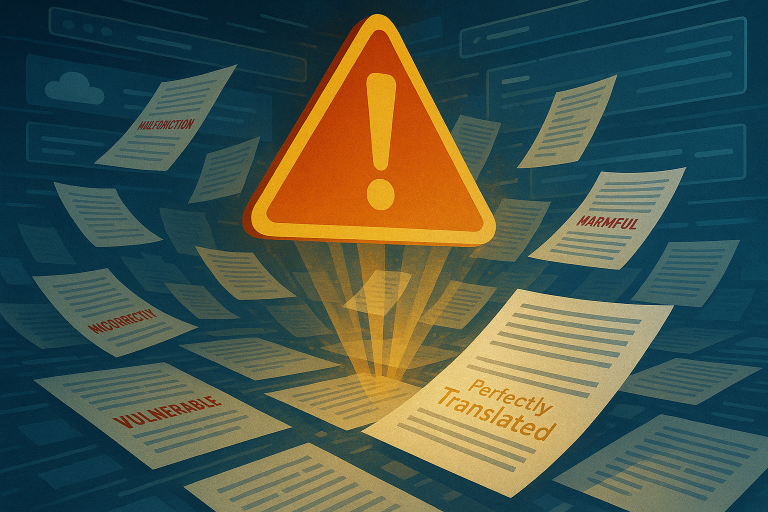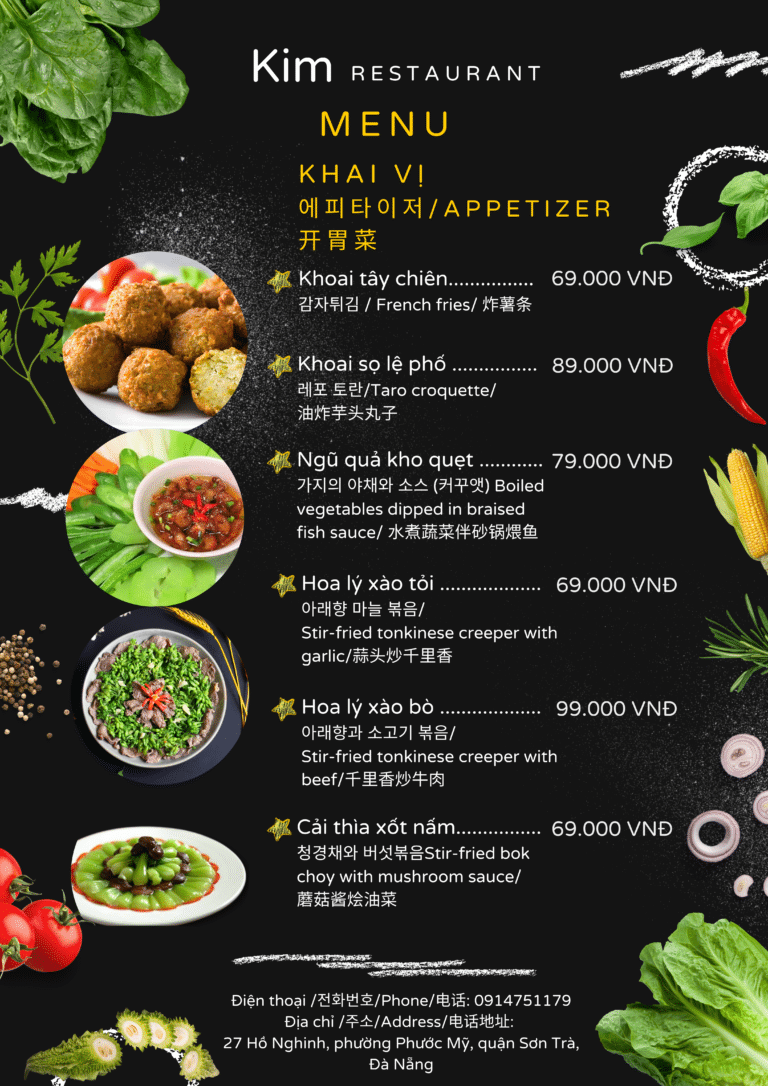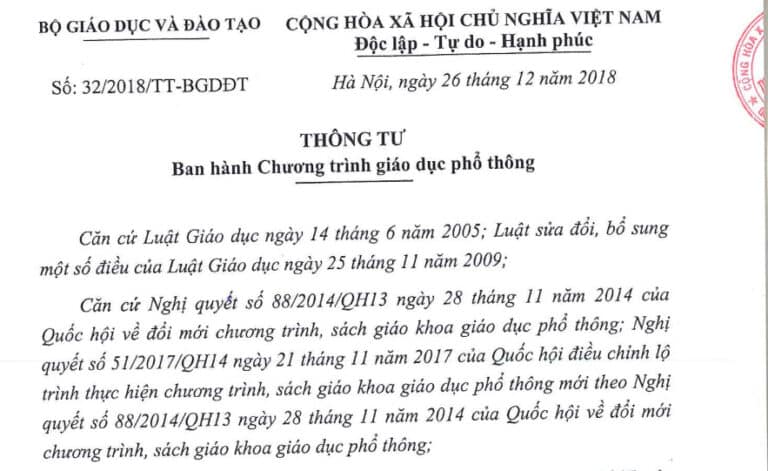Translation is a delicate art that goes beyond mere linguistic skills. When it comes to English to Chinese translation, the challenges intensify due to the vast differences in language and culture. In this article, we’ll delve into the common mistakes encountered in this complex process and explore effective strategies to avoid them.
Introduction
Language is a powerful tool that connects people and cultures, but when misunderstood, it can lead to confusion and miscommunication. The demand for English to Chinese translation has surged in our globalized world, but the intricacies of these languages can pose significant challenges. Let’s unravel the complexities and discover how to navigate them successfully.
The Nuances of English to Chinese Translation
English and Chinese are not merely two languages; they represent distinct cultures and philosophies. Translators must not only convert words but also capture the essence and cultural nuances. Understanding the context is paramount in ensuring accurate and culturally sensitive translations.
Word-for-Word Translation Pitfalls
One of the most common traps in translation is the literal, word-for-word approach. While it might seem like a logical method, it often results in awkward and confusing translations. Take the phrase “raining cats and dogs,” for example, which could be nonsensical when translated directly. To avoid such pitfalls, translators must grasp the idiomatic nature of the source language and find equivalent expressions in Chinese.
Cultural Sensitivity in Translation
Beyond linguistic differences, cultural sensitivity is crucial. Certain words or gestures may carry different connotations in English and Chinese cultures. Translators must be mindful of potential offensive translations and be aware of the cultural implications to produce translations that resonate with the target audience.
Grammar and Syntax Challenges
The variance in sentence structure between English and Chinese poses a significant challenge. English typically follows a subject-verb-object order, while Chinese follows subject-object-verb. Maintaining proper grammar and syntax is essential to convey the intended meaning accurately. Translators need to navigate these structural disparities with finesse.
Use of Idioms and Phrases
Idioms and colloquial expressions add flavor to a language but can be a nightmare for translators. Direct translations often lead to confusion or misinterpretation. Successful translators must be adept at identifying idioms and finding culturally appropriate equivalents to convey the intended meaning effectively.
Importance of Professional Translators
In the era of machine translation, the value of human translators cannot be overstated. Automated tools may provide quick results, but they lack the cultural understanding and context required for accurate translations. Choosing a qualified and experienced translator is essential to ensure precision and cultural relevance.
The Role of Technology in Translation
Advancements in translation tools have simplified the process, but they come with limitations. Technology may struggle with nuances, idioms, and context. While these tools can aid the translation process, they should be used judiciously, with human oversight to guarantee accuracy.
Proofreading and Editing
Even the most skilled translators can overlook errors. Proofreading and editing are critical stages in the translation process to catch any remaining mistakes. Translators should adopt a meticulous approach or, when possible, seek professional editing services to refine their work.
Common Mistakes and Their Consequences
Real-life examples of translation errors highlight the potential consequences of oversight. From marketing mishaps to legal misunderstandings, the impact of translation mistakes can be severe. Businesses and individuals alike should be vigilant and learn from these mistakes to avoid similar pitfalls.
Tips for Improving English to Chinese Translation Skills
Continuous learning is key to staying abreast of language trends and evolving linguistic landscapes. Translators can enhance their skills through targeted exercises and by engaging in ongoing education. Practicing regularly and exposing oneself to diverse materials will contribute to proficiency in translation.
Case Studies: Learning from Mistakes
Analyzing specific cases of translation mistakes provides valuable insights. By examining these instances, we can extract lessons and best practices, enabling translators to refine their approach and avoid similar errors in the future.
Collaboration between Translators and Clients
Communication is the cornerstone of successful translation projects. Clear and open dialogue between translators and clients ensures that the context and expectations are well understood. Clients play a crucial role in providing background information that aids translators in delivering accurate and contextually relevant translations.
Conclusion
Navigating the intricacies of English to Chinese translation requires a nuanced understanding of both languages and cultures. By acknowledging the common mistakes and adopting best practices, translators can elevate the quality of their work, fostering effective communication and understanding in our globalized world.
Frequently Asked Questions (FAQs)
Human translators bring cultural understanding and context to their work, ensuring accurate and nuanced translations that machines may miss.
Businesses should collaborate closely with experienced translators, providing cultural context and guidance to ensure translations align with their target audience's values.
Yes, industries like legal, medical, and technical translation may have specific jargon and nuances that require specialized knowledge for accurate translation.
Regular practice, exposure to diverse materials, and ongoing education in language trends contribute to continuous improvement in translation skills.
Clients should provide detailed context, clarify expectations, and maintain open communication with translators to ensure a smooth and accurate translation process.













